Signs of Spring at Hallwood: Restoration Update
In November 2020, the restoration team—cbec eco engineering, Yuba Water Agency, United States Fish and Wildlife Service, Teichert Construction, Cramer Fish Sciences, MBK Engineers, and SYRCL—completed Phase 1 of the Hallwood Floodplain and Side Channel Restoration Project. Over 1.2 million cubic yards of sediment which had been deposited on the Lower Yuba River through goldrush-era mining practices was removed to expose historic floodplain habitat for Chinook salmon, steelhead, and sturgeon.
We did not stop there though; miles of seasonal and perennial side channel habitats were carefully engineered to provide additional rearing habitat for native salmonids like Chinook salmon. Floodplains and side channels offer refugia for juvenile Chinook salmon and rainbow trout/steelhead to grow big and strong because these areas provide protection from predators. They also offer warmer waters that promote vegetation growth and, in turn, promote the growth of aquatic insects (fish food) that ultimately increase the likelihood juvenile salmon survive.
What does this construction look like?

The images on the left side (below) were taken prior to construction.
On the right, is the same location after Phase 1 of the project was completed. For time-lapse video of the wall of gravel coming down, click here.

Zooming in at A and A’ is the area we referred to as the “Blue Lagoon” which is now a thriving channel with willows, riffles, and a new beaver dam!

In B and B’ what was once settling ponds is now a wide floodplain with multiple channels.

In C (left) we see the middle training wall, a 60+ foot wall of gravels that historically prevented the Yuba River from accessing crucial floodplain habitat. Now, in C’ (right) we can see its gone! In its place is an open floodplain with lots of willow plantings and high-water channels which will become flooded above 5,000 cfs and provide crucial high water refugia for juvenile salmonids.
The Salmon Return
“Kevin Costner was right, if you build it, they will come,” says SYRCL’s Watershed Science Director Aaron Zettler-Mann. “It really speaks to how desperate salmon are for more high-quality habitat in the lower Yuba River.” Even before construction was complete, adult Chinook salmon were observed spawning in the reconstructed side channels! Post-construction, juvenile Chinook salmon have been observed at all the monitoring sites throughout the project footprint. Juvenile steelhead, otters, eagles, deer, beavers, lamprey, and even a bear have also been observed enjoying the new habitat.

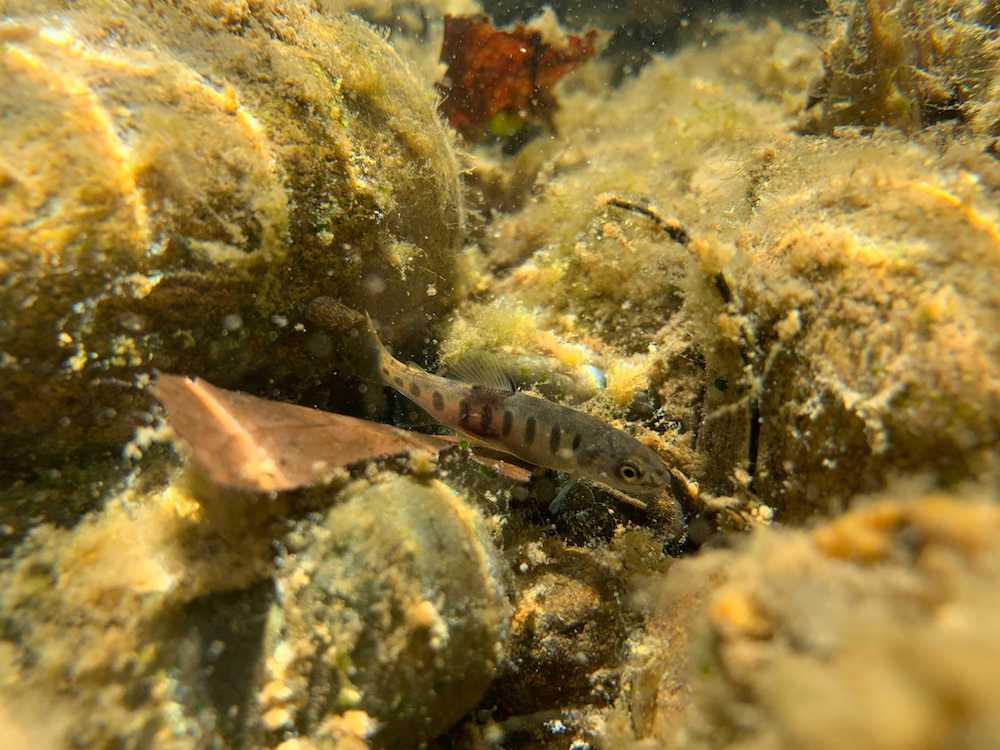
Going the Extra Miles
In addition to creating and enhancing habitat for juvenile salmonids, we wanted to jumpstart the succession of a riparian forest, which will provide shade, shelter, and food for organisms that live in the river as well as their terrestrial friends. To do this, we planted over 2,000 riparian trees—cottonwoods, willows, alders, and elderberries—that provide cover, organic matter input, structure during high flows, and carbon sequestration. Within just a few months we have observed the cuttings starting to leaf out!
Salmon and trout aren’t the only species that love our vegetation restoration, a beaver has made its home within the Hallwood Project and has an affinity for the cottonwood cuttings (see image below).
Learning from our Work
We learned from our Hammon Bar project that in a few short years, the trees we planted will start to grow into the riparian vegetation that is so important for native salmonids. One of the important questions we’re hoping to answer with the Hallwood project is how well plantings survive based on groundwater depth, how often they get flooded during the winter, and other categories. The metal tag on the elderberry will help us make sure we’re consistently monitoring the same trees so we can track them over time.
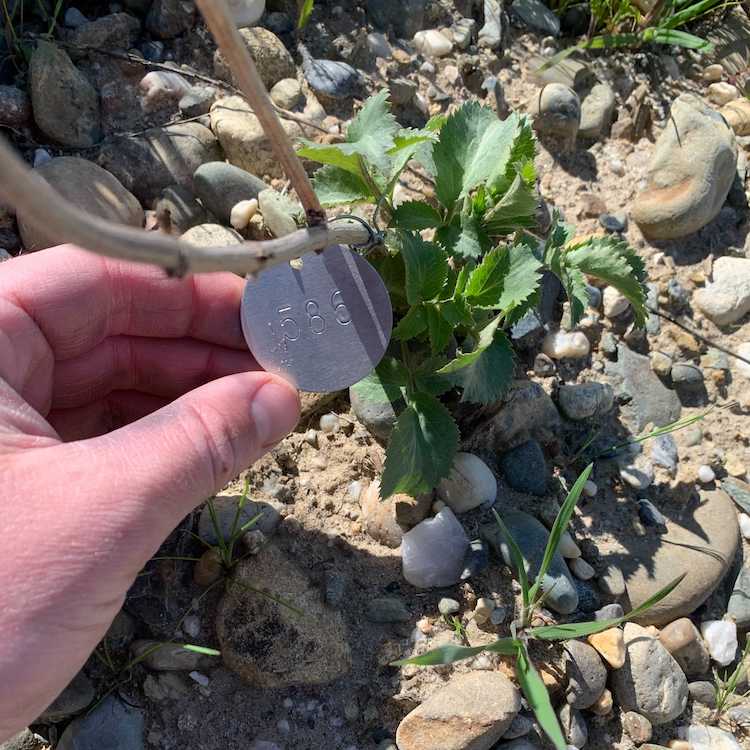

To learn more about the project and to stay up-to-date on its progress check out http://www.hallwoodproject.org/.
Did you enjoy this post?
Get new SYRCL articles delivered to your inbox by subscribing to our ENews.

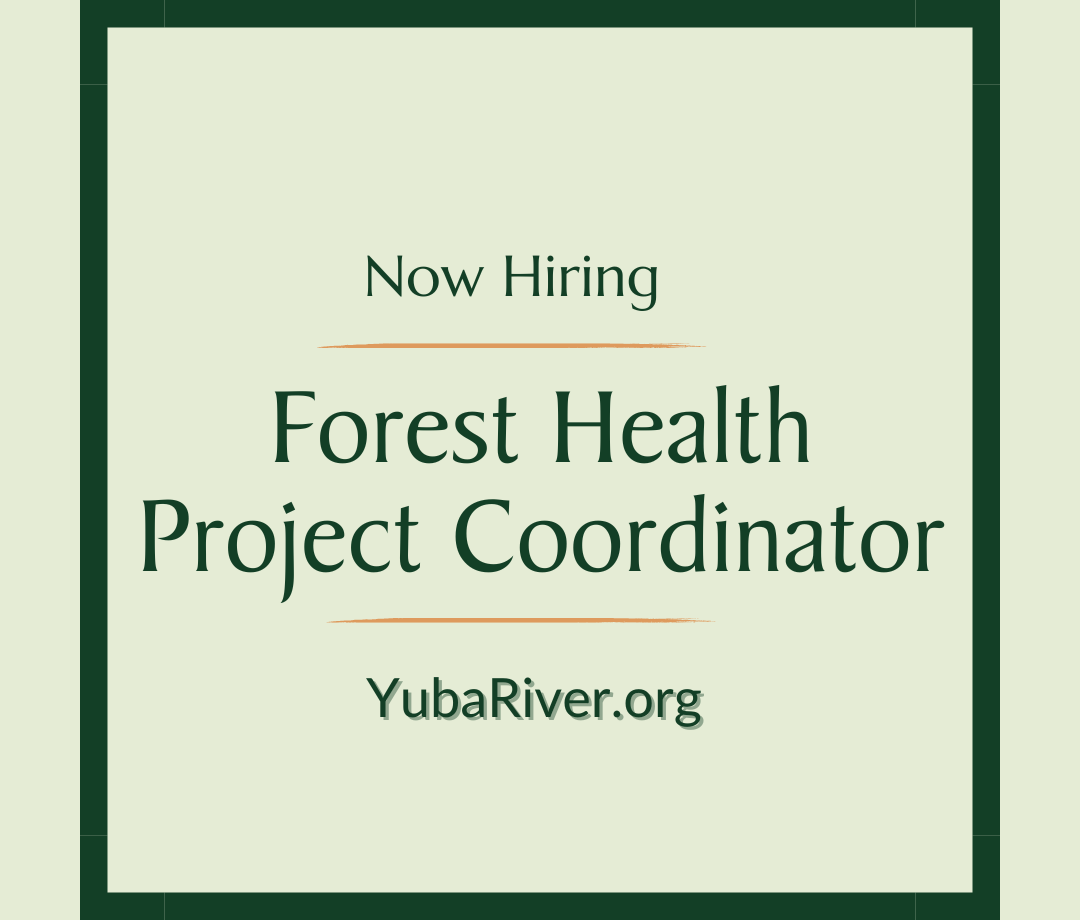
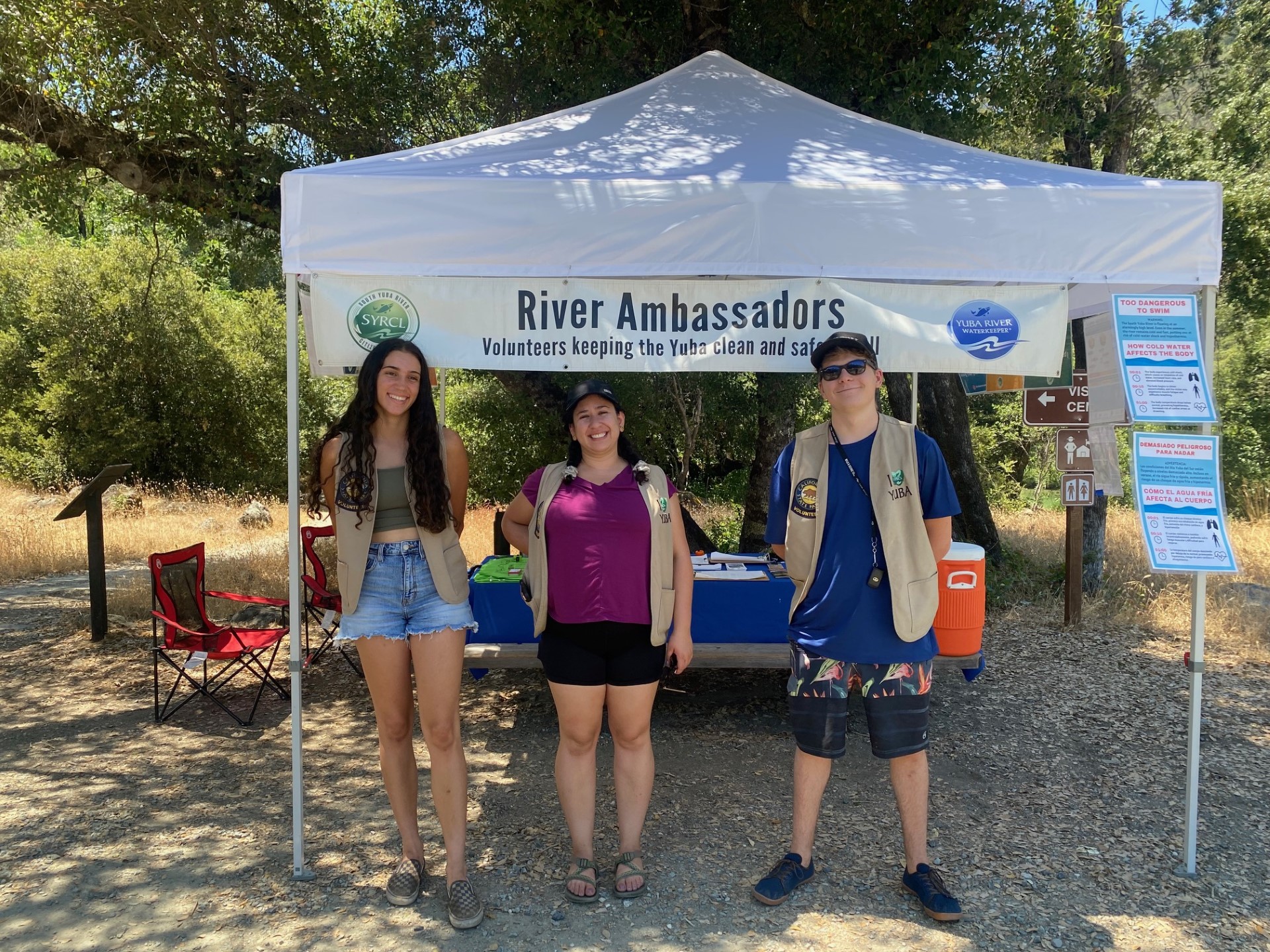
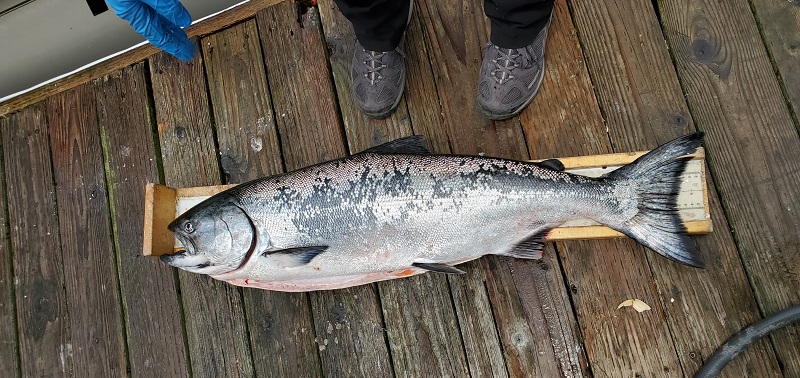
Love this progress! Very exciting to see happy fish and all the vegetation! Thanks to all of you who made this possible. We took a field trip a few years ago in that area. It was so interesting. We would love to go on another sometime to see all the progress. Plook ease lwt us know if you will be planning another trip!
Thank you Ron and Elly! We love this idea and will look into the possibility of showcasing the great work being done here.
Suggest you discuss with USArmy Corps of Engineers federal assistance for further expansion of Hallwood Project. Corps has continuing authorities from Congress to fund & participate in restoration projects of this kind & could be a valuable partner. Refer to the multi-million $$ Yolo Basin Wetland Project in Yolo County for example.
Thank you Fred.